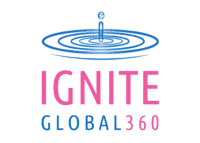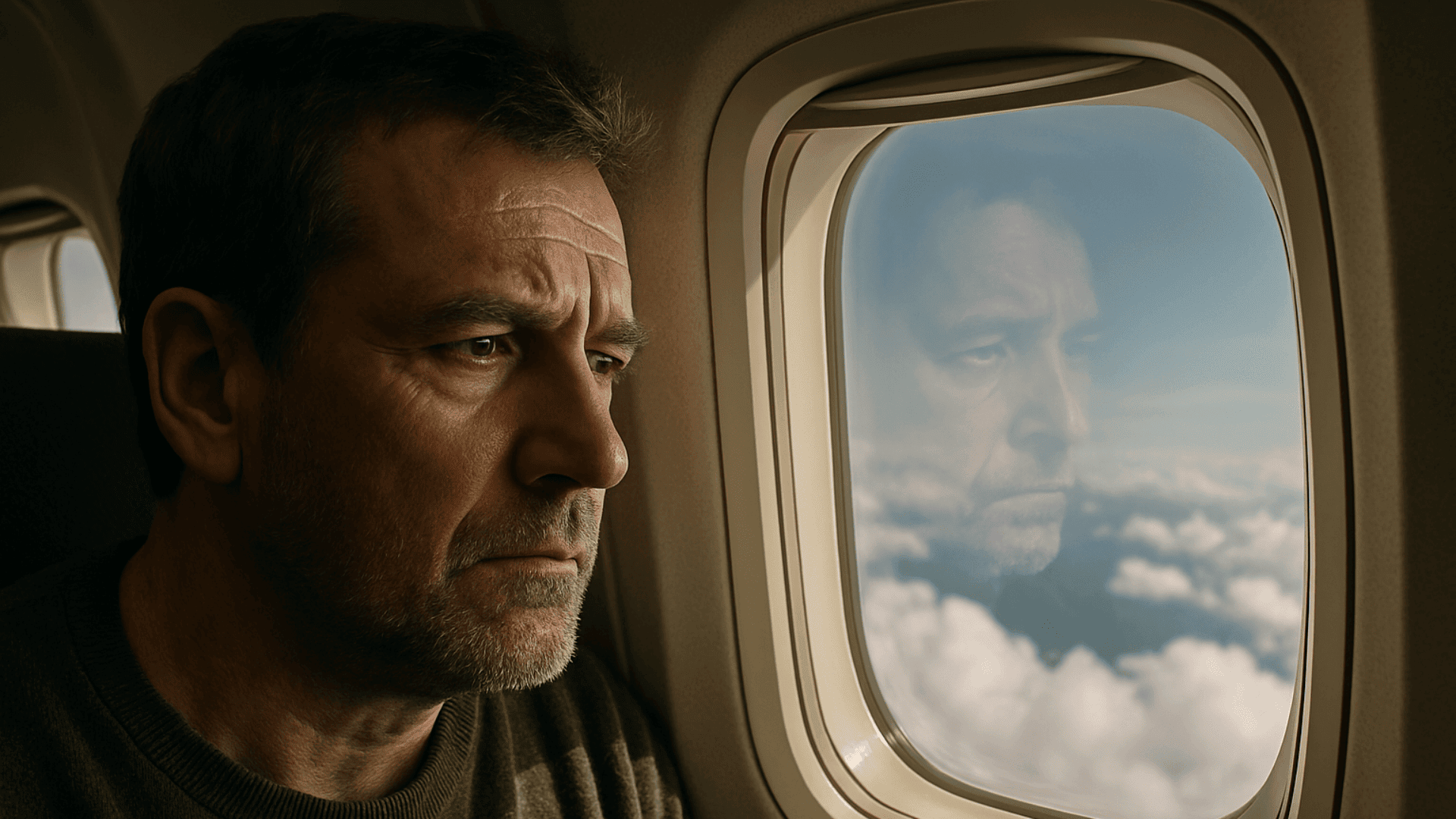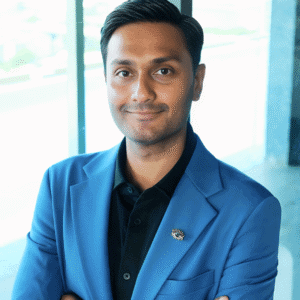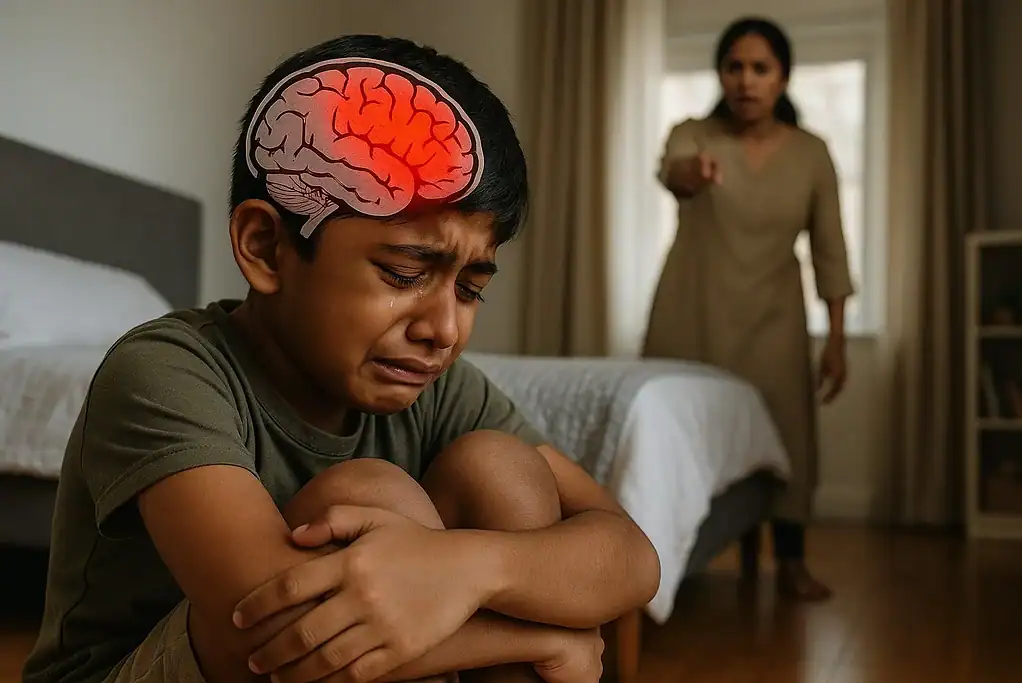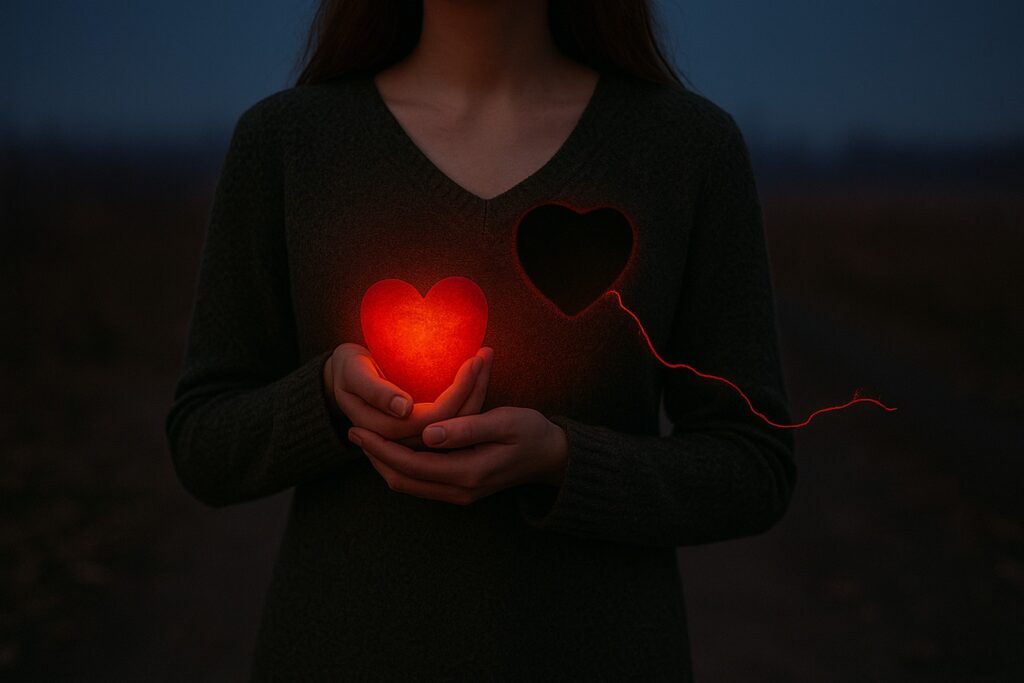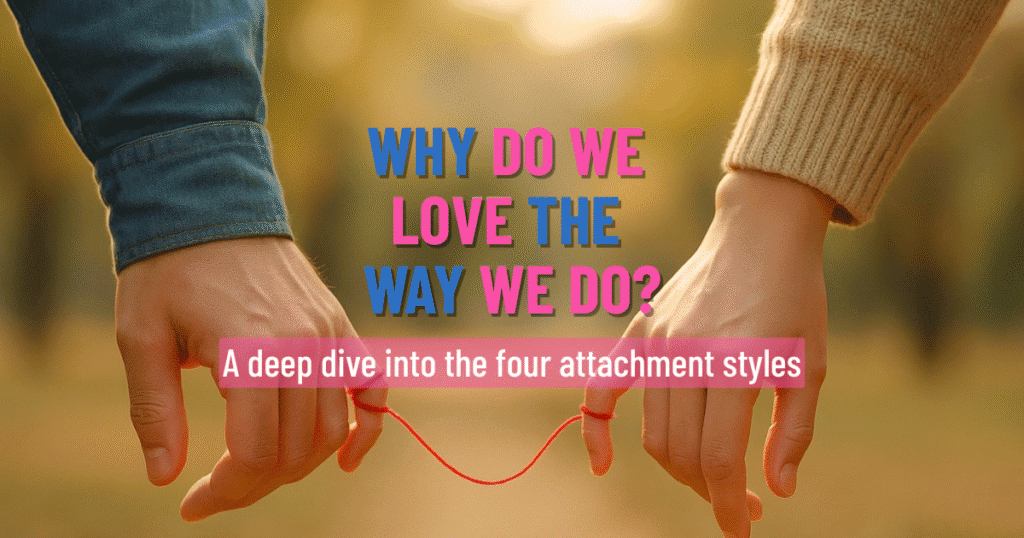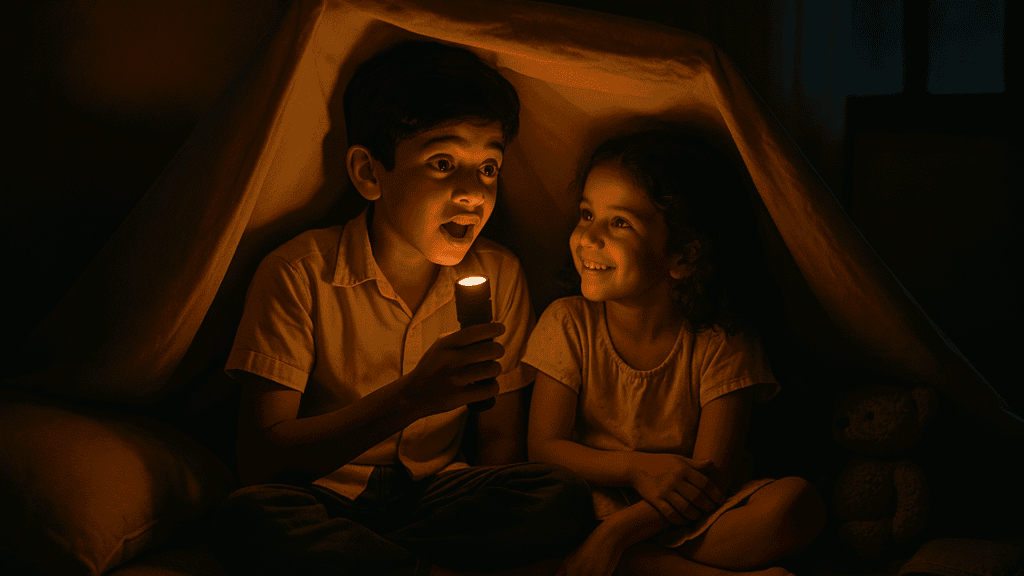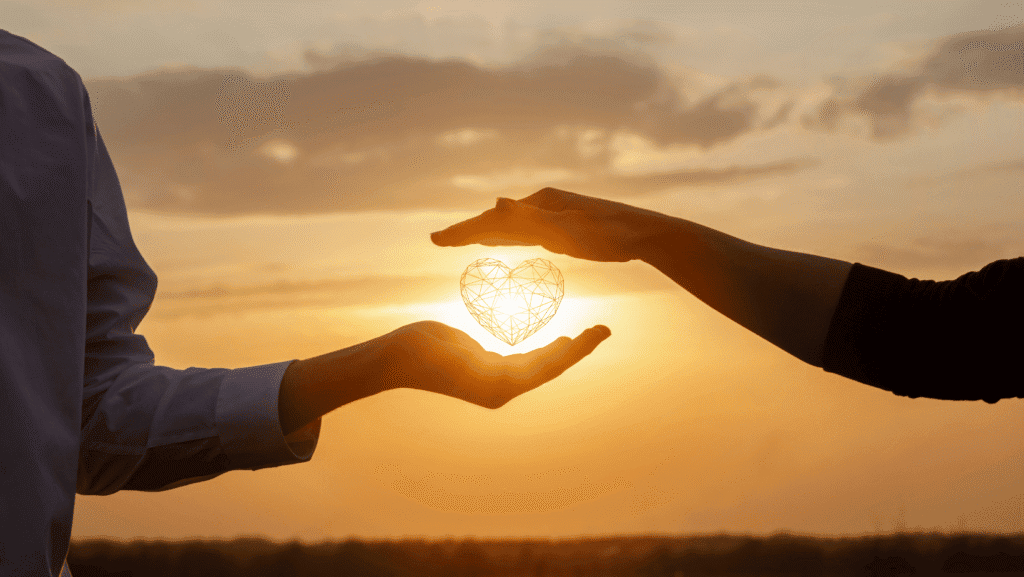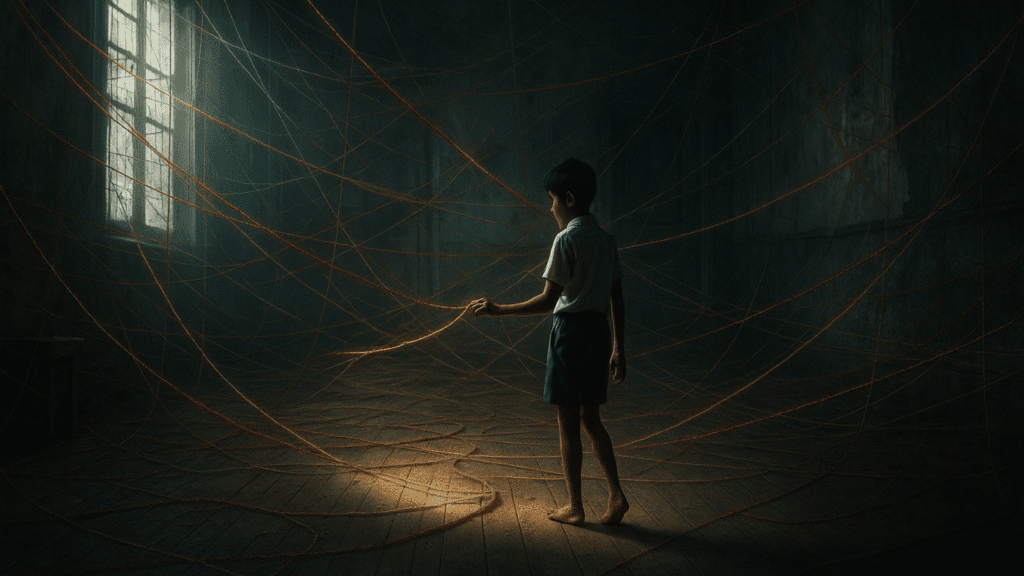Table of Contents
ToggleThe Airplane Window Reflection
Lily once told me the story of her father. He had grown up under the shadow of the Soviet regime—a world shaped by surveillance, fear, and the constant need to be on guard. Eventually, the family fled and resettled in Germany, in a quiet town that offered safety, freedom, and peace.
But her father never quite arrived.
He was there, physically—on the outside. But something in him never stepped out of that cold, suffocating world he had escaped.
In supermarkets, he would snap at cashiers. On the street, he would lash out at strangers for looking too long. In the quiet halls of his daughter’s school, he became known for his outbursts over the smallest misunderstandings.
No one had hurt him there.
But in his body, danger was still everywhere.
And maybe you haven’t lived through a regime like Lily’s father did—but have you ever felt something similar?
Have you ever found yourself growing irrationally angry when your flight was delayed, or your parcel didn’t arrive?
Have you ever snapped at a customer service agent, even though you knew, deep down, they weren’t to blame?
And later, sitting in the car or staring out the airplane window, whispered to yourself,
“That wasn’t me. I shouldn’t have said that…”
This is how trauma hides in plain sight. Not in visible scars, but in sudden ruptures of how we cope. We lose our peace without warning. We react from a wound we cannot always name.
And afterward, regret sets in—because underneath it all, we are loving, kind beings. But somewhere along the way, that love was interrupted. And in its place… a reflex. A flash. A defense.
What you felt in those moments wasn’t weakness or oversensitivity. It was a nervous system that had learned to survive. So where does this come from? Why, in a world filled with food, safety, and comfort, do we still live as though the next threat is just around the corner?
To understand that, we must travel back—long before flights, before supermarkets, before modern life.
We need to begin with an Alaskan bear.
The Bear Who Sleeps – And the Human Who Cannot
When winter arrives, the bear does something we’ve forgotten how to do: it stops. It finds a quiet place, closes its eyes, and enters hibernation. Its body, once large and full of movement, slows into stillness.
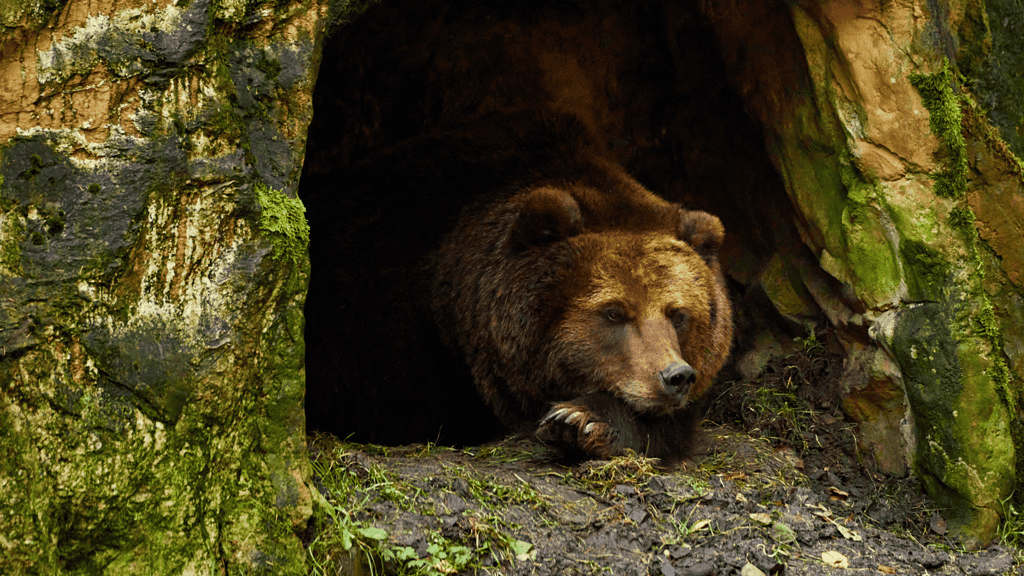
The fat it has carefully stored is now broken down and used to sustain life—cell by cell, breath by breath—through months of silence.
It’s wisdom written into the body.
A sacred agreement between survival and surrender.
Humans don’t hibernate like bears.
But once, we followed a similar rhythm.
Our ancestors, the hunter-gatherers, moved with the rhythms of the earth. They hunted, they gathered, they prepared. And then… they waited. Food wasn’t guaranteed. There were long stretches of scarcity, and the body adapted by conserving energy, slowing down metabolism, and relying on fat reserves for survival.
This was normal. This was intelligent.
Today, we live in cities and move through abundance. In Bangkok, where I live, the fragrance of sizzling street food fills the air, and a hot, delicious meal is never more than a few steps away—no hunting, no waiting.
But our nervous systems haven’t caught up.
The human body evolved over hundreds of thousands of years. It still responds to hunger, uncertainty, and stress as if survival depends on immediate action. When we feel hunger, the brain triggers fear through the amygdala—the part responsible for detecting threats. The body releases cortisol, the “stress hormone,” to sharpen awareness and prioritize survival functions.
The trouble is, these biological alarms are firing in a world without predators or hunting. Today, the “threats” are missed deadlines, social rejection, financial anxiety—often not physical danger.
And yet, our bodies react the same.
We were meant to rest.
We were meant to pause.
But somewhere along the way, we forgot how.
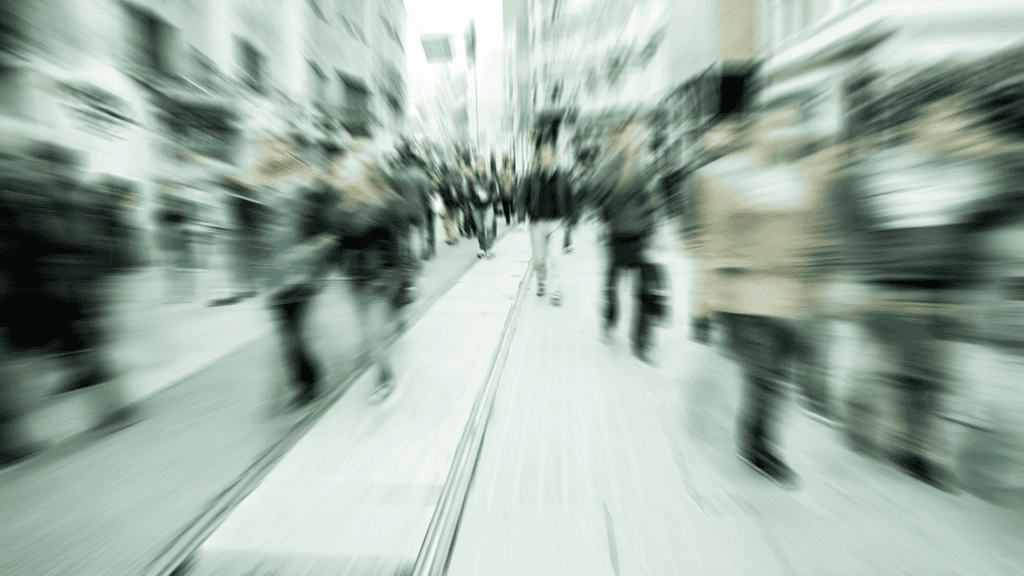
From Hunt to Hustle – The Ancestral Roots of Acute Stress
But we are no longer sitting by fires.
We are sitting in traffic, in boardrooms, in crowded trains.
And yet the body still responds as though the tiger is in the bushes.
We feel hunger and the nervous system says:
You might not survive.
We miss a deadline and it whispers:
You have failed the tribe.
We receive a critical email and it shouts:
You are not safe.
This was once a survival response:
a gift that told your ancestors when to run, when to fight, and when to hide.
But here’s the problem: In the modern world, the threats aren’t wild animals. They’re unanswered emails. Traffic jams. Missed opportunities. Financial pressure. Loneliness.
These are not threats that require a sprint or a sword.
But your body doesn’t know the difference.
As a result, many people live in a state of low-grade survival—constant, invisible stress that wears down the nervous system, the heart, the immune system.
This is no longer survival.
This is exhaustion disguised as living.
The Cortisol–Dopamine Tug-of-War
When cortisol—the hormone responsible for alerting us to danger—floods our body too often, it creates a sense of chronic unease.
The mind becomes restless.
The body becomes tense.
The heart feels under siege.
Now, enter dopamine.
Dopamine is the promise of pleasure.
It’s what pulls you toward the next bite, the next scroll, the next sip, the next hit.
It’s your body’s attempt to balance out the internal chaos.
To say: “You’re still alive. Here’s something to feel good about.”
So what do we do?
We eat.
We shop.
We binge.
We keep scrolling.
We chase the next quick reward because we’re trying to soften the sting of constant cortisol.
But on the contrary, when we are exposed to constant acute stressors, the body does something else—something ancient.
Much like the bear preparing for hibernation, your nervous system reads constant stress as a threat to future survival.
It doesn’t know you’re living in a modern world; it thinks famine or danger is coming.
And in preparation, it triggers the body to accumulate more fat, prompting you to eat more frequently and store more energy.
Without realizing it, we enter a vicious cycle:
Stress → Urge for Quick Reward → Increased Fat Storage → More Stress → More Reward Seeking
The very system designed to protect us now begins to slowly harm us—
not out of betrayal, but out of an ancient, misguided loyalty to survival.
This is not about weakness.
It is biology trying to find balance in a world we have out-evolved externally—but not internally.
Hustling to Death – How We Forgot to Rest Even in Paradise
I once spoke with a woman who shared her experience of spending her honeymoon in the Maldives—surrounded by crystal-clear waters, endless skies, and the soft hush of waves.
Yet, just two days into her trip, she opened her laptop and began to work.
“It felt like something was wrong with me,”
“Like I was wasting time just being there. Guilt is the right word!” she said.
In a place made for peace, she felt restless.
In a paradise designed for slowing down, she craved productivity.
We’ve been taught that purpose must look like productivity—and that value must be earned, hour by hour, deadline by deadline.
Somewhere along the way, exhaustion became a badge of honor.
We forgot that the body was designed to cycle—like seasons.
To rise, and to fall.
To stretch, and to soften.
To bloom, and to rest.
Instead, we live in endless summer.
Stress, we are told, is part of being human.
But it’s not.
Chronic stress is not a badge—it’s a wound.
And we don’t heal wounds by ignoring them.
The Body Will Whisper—Then Scream
The body always speaks. But at first, it does so gently.
A flicker of tension in your chest. A sense of unease before a meeting. A headache that arrives like clockwork after every family visit. Tired eyes, shallow breath, clenched teeth—all soft whispers trying to say: “Something isn’t right.”
We push through.
We drink more coffee.
We work later, love less, sleep shallow.
Until the body cannot whisper anymore.
And now it’s panic attacks.
High blood pressure.
Obesity.
Sleep apnea.
Autoimmune conditions.
Depression that won’t lift.
Cancer, sometimes.
It’s important to remember, not all illness is caused by stress.
But stress pulls at every thread of health until the fabric of well-being frays.
The silent war within becomes visible when the body can no longer carry the weight of what was unseen.
Liberation Begins With Looking
Most people wait until something breaks.
The relationship ends. The body gives in. The burnout becomes unbearable.
But the unraveling began long before— in the days we ignored our tension, in the nights we couldn’t sleep but kept scrolling, in the moments we said “I’m fine” when we were anything but.
Healing doesn’t begin when everything is falling apart. It begins the moment we become curious.
These questions aren’t signs of weakness.
They are signs of awakening.
Because healing isn’t about fixing yourself.
It’s about remembering that you were never broken.
And it doesn’t require catastrophe. It requires courage.
A New Way to Belong
But in truth, we are all just trying to find our way back— back to ourselves, back to each other.
We weren’t designed to hold it all alone.
We were wired for connection.
We were built for belonging.
And so, the path forward is not found in endless striving—but in conscious slowing.

What if you checked in with your nervous system as often as you checked your phone?
What if you measured your success not by the number of followers or likes, not by the crypto in your wallet, number of villas or cars,
but by how deeply you feel,
how gently you speak to yourself,
how safe it feels to be in your own skin?
You do not need to earn your way back to ease.
You simply need to turn toward it.
Sometimes, that looks like reaching out asking for help.
Sometimes, it looks like breathwork, prayer, a long walk, or letting yourself cry.
Sometimes, it is, belonging to your soulful circle of family and friends.
Sometimes, it simply means being honest about what hurts.
This is how we silence the war within.
This is how we come home.
Because, we are not here to outwork our trauma.
We are here to out-love it.
If this resonated with you, leave your insights in the comment section below. And share it with someone who may be fighting invisible wars too.
References:
[1] McEwen, B. S. (1998). Protective and damaging effects of stress mediators. New England Journal of Medicine, 338(3), 171–179.
[2] Sapolsky, R. M. (2004). Why Zebras Don’t Get Ulcers. New York: Henry Holt and Company.
[3] Porges, S. W. (2011). The Polyvagal Theory: Neurophysiological Foundations of Emotions, Attachment, Communication, and Self-Regulation. New York: W. W. Norton & Company.
[4] Van der Kolk, B. A. (2014). The Body Keeps the Score: Brain, Mind, and Body in the Healing of Trauma. New York: Viking.
[5] Feldman Barrett, L. (2017). How Emotions Are Made: The Secret Life of the Brain. New York: Houghton Mifflin Harcourt.
[6] Miller, G. E., Chen, E., & Parker, K. J. (2011). Psychological stress in childhood and susceptibility to chronic diseases later in life: Moving toward a model of behavioral and biological mechanisms. Psychological Bulletin, 137(6), 959–997.
[7] Treadway, M. T., & Zald, D. H. (2011). Reconsidering anhedonia in depression: Lessons from translational neuroscience. Neuroscience & Biobehavioral Reviews, 35(3), 537–555.
[8]American Psychological Association. (2022). Stress Effects on the Body.
